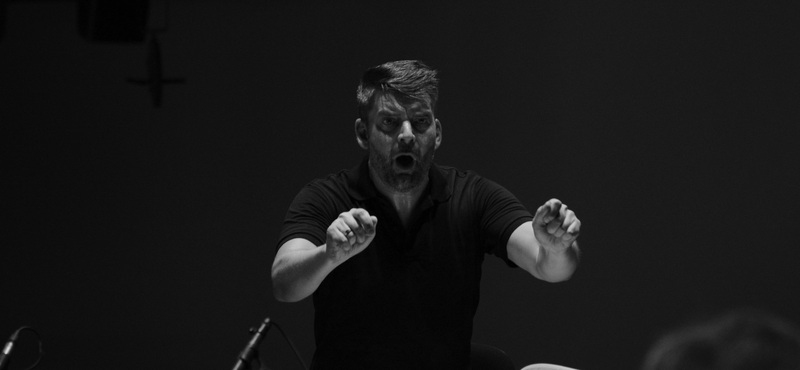MOR from TSO

The uniqueness of the Taipei Symphony Orchestra doesn’t translate into riveting music…
The Taipei Symphony Orchestra, founded only 50 years ago, presents quite an interesting demographic. Its roster does not list a single non-Chinese name, there were at most seven males among the entire string section (none in the double-basses), and the average age is strikingly low, no one appearing much over 40. Its concert last night at Strathmore (presented by Washington Performing Arts) showcased a well-drilled band in works of Leonard Bernstein, Gordon Shi-Wen Chin, and Brahms. Oddly, this high-profile appearance was led not by the TSO’s music director or principal conductor, but by the veteran Chinese-American conductor Jahja Ling.
The concert’s centerpiece was Chin’s Double Concerto, written in 2002, which featured cellist Felix Fan (for whom it was commissioned) and violinist Paul Huang. A substantial, four-movement work, the concerto was deftly-orchestrated (you could hear the soloists most of the time) and was a true dialog, both between the two protagonists and between them and the orchestra. There were familiar characters along the way, such as a little French waltz, and some Asian-style glissandos in the slow movement. But other than a mostly busy foreground, there was little to hold onto and the piece vanished from memory as soon as it was over. (It also ended softly, which is pretty much the kiss of death for a concerto’s long-term prospects.)
The work’s tonal language was in the fairly common 21st-century currency; not unpleasantly dissonant but staying clear of any harmonic patterns that we would associate with earlier epochs. Chin occasionally throws in some simple triads, but they’re used as outliers. Kind of a mish-mash, such as one hears from John Harbison or John Corigliano. The soloists were committed, energetic, and almost buoyant, Huang making a particularly sharp impression with his fluency and silvery upper register.
With his manifest technical skill, it is a shame that Chin (along with so many others) grounds his work in theories and externalities, rather than direct musical expression. The latter requires facing the fact that both immediate emotional content and large-form architecture in music come from harmony; “harmony” as was understood for half a millennium until Schoenberg and his progeny came along. But the focus is elsewhere now, as exemplified by Chin’s program note to one of the movements: “When flowers wither and scatter on the ground, the earth becomes an altar. To atone for the pain of losing oneself, not unlike that of the alchemist, for all our expenditure of physical and emotional energy, we are left with nothing but piercing pain.” Claptrap like this reveals much more than is intended.
The concerto was bookended by two works that are almost drudgingly familiar, Bernstein’s Candide Overture and Brahms’s Symphony No. 1. Of course I listened for an “accent,” but discerned none, at least none having to do with the culture and insularity of the ensemble. Ling was trained entirely in the US, spent most of his career here, and delivered solid, familiar, middle-of-the-road interpretations. His careful preparation showed itself in sophisticated divided bowings for the strings and well-balanced textures in Brahms’s nubilous orchestrations. The TSO is good, but not world-class. Woodwind intonation was not always reliable and soft brass entrances were often problematic. The strings were very disciplined, but lacked voluptuousness when called for.
The finest US orchestras are brimming with superb Asian musicians mingled in with everyone else; to move to the next level perhaps the TSO should experiment with heterogeneity as well.





